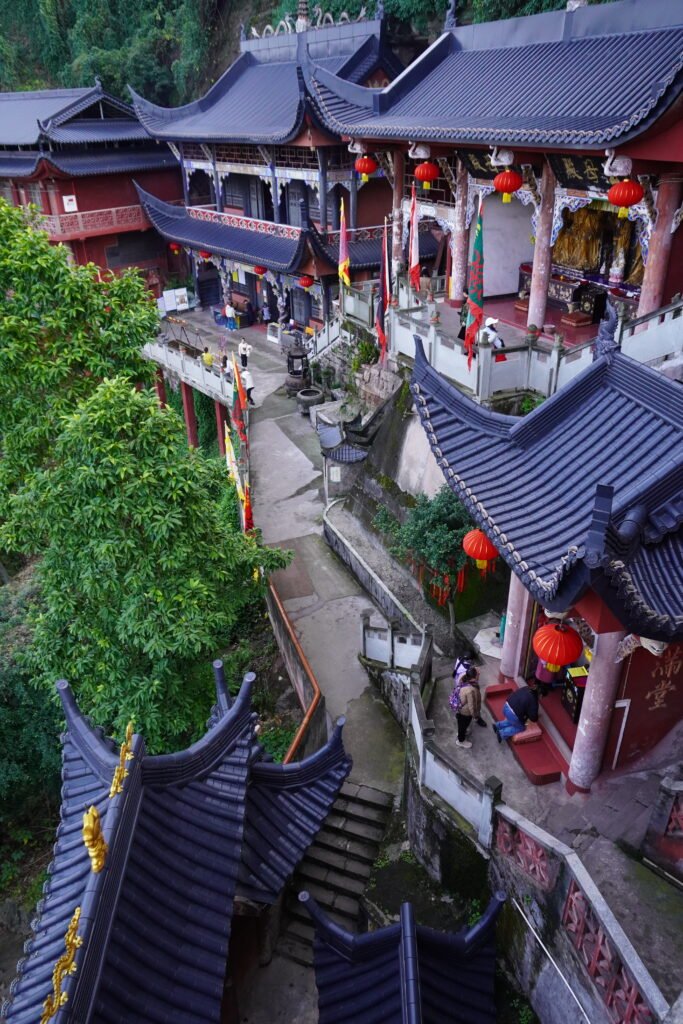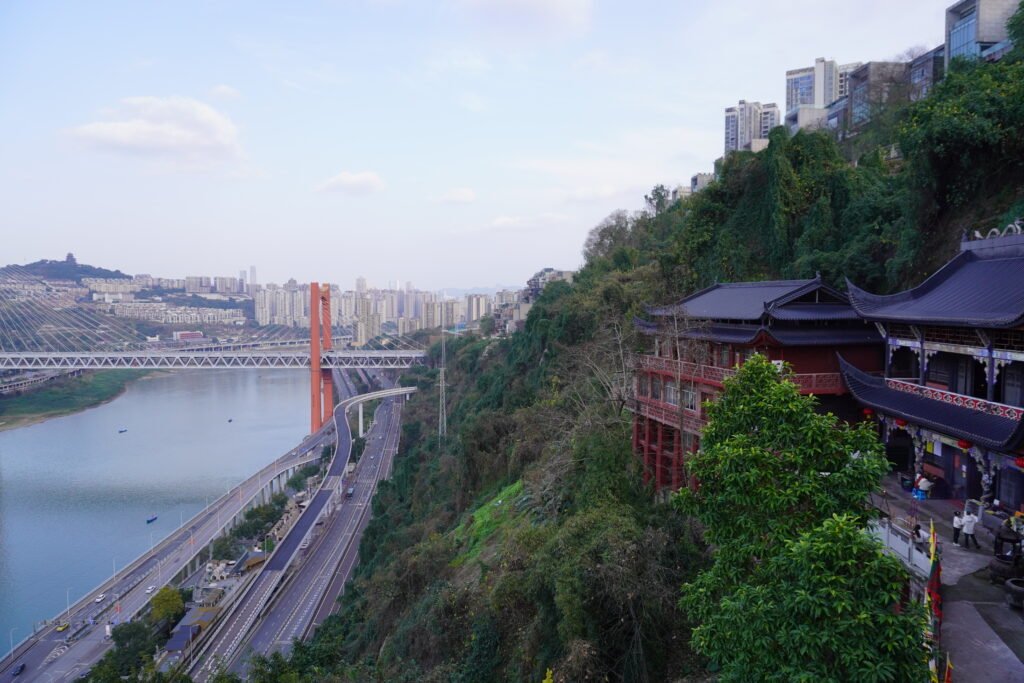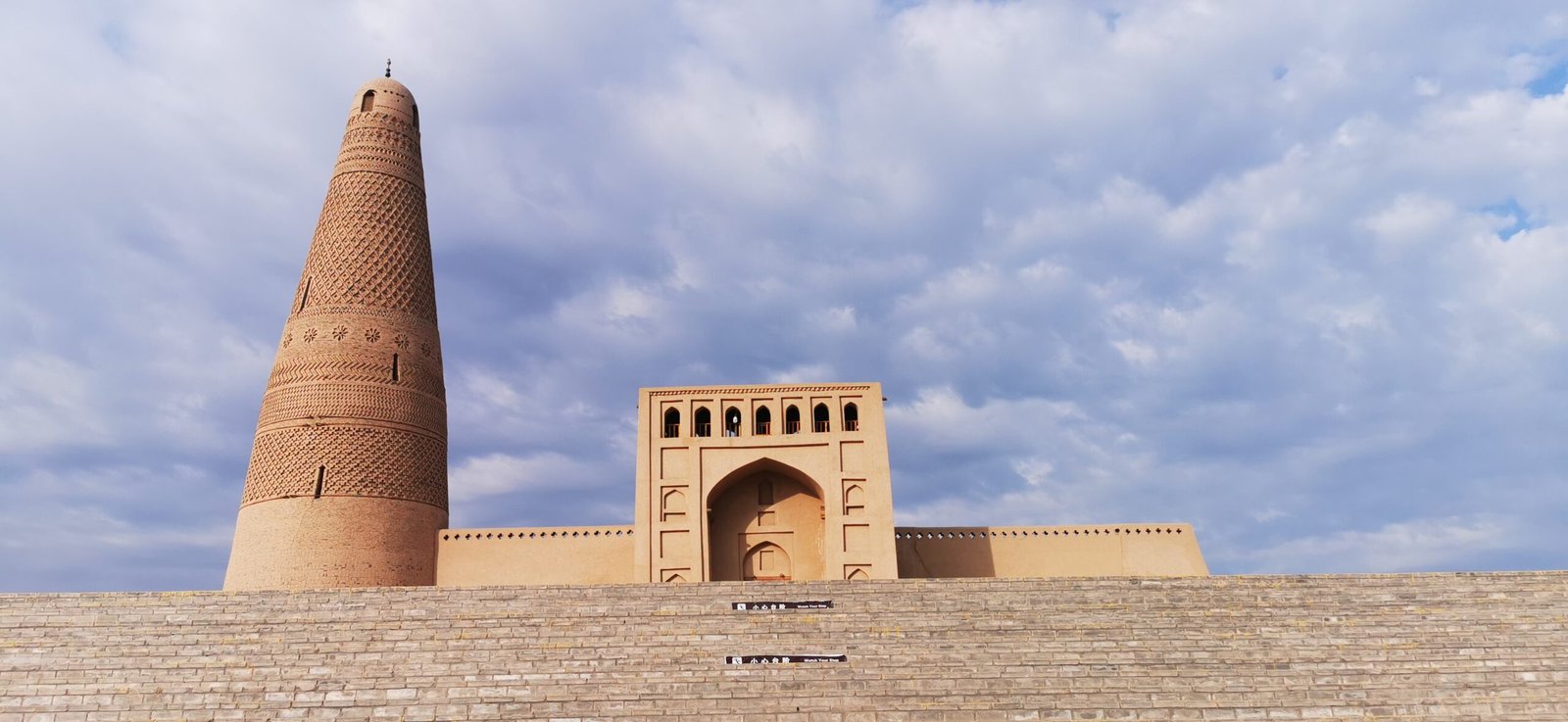Taoist temples are among the most iconic landmarks in Chinese ancient architecture. Revered for their harmony with nature and spiritual symbolism, these temples are often found in remote, mountainous landscapes. This recurring architectural pattern is not coincidental but deeply rooted in Taoist philosophy, cosmology, and the historical development of religious practices in China. In this article, we explore why mountain settings became the preferred sites for Taoist temples, and how this choice reflects both spiritual ideals and architectural ingenuity. We will also look closely at Longquan Cave Temple in Chongqing, a striking example of Taoist architecture adapted to a unique riverine cliff environment.
The Spiritual Foundations of Taoist Temple Placement
Taoism and the Worship of Nature
Taoism (or Daoism), one of the native religious and philosophical traditions of China, emphasizes harmony between humanity and the Dao — the fundamental principle that governs the natural world. According to Taoist belief, mountains are sacred and seen as powerful sources of qi (life force). These towering landscapes, often shrouded in mist and surrounded by ancient forests, are perceived as ideal environments for spiritual cultivation, meditation, and retreat from worldly distractions.
This alignment with natural surroundings forms a cornerstone of Taoist worldview, leading to the conscious selection of mountainous terrains for temple construction. Taoist temples were never meant to dominate their environment, but to integrate seamlessly with it — a key principle of Chinese ancient architecture.
Mountains as Sites of Immortality
Taoist texts frequently reference mythical mountains such as Kunlun and the Isles of the Immortals, associating these elevated terrains with longevity, transcendence, and divine realms. Building Taoist temples in mountains was more than a logistical choice; it was an intentional act of bringing the human realm closer to the heavens.
The placement of these temples echoes the pursuit of Xian (immortality), a central goal in Taoist spiritual practice. By situating their temples in locations symbolically close to immortals, practitioners believed they could better align their spirits with celestial energy.
Architectural Harmony Between Taoist Temples and Mountain Landscapes
Integrating Structures with the Terrain
One of the defining characteristics of Chinese ancient architecture is its adaptability to natural environments. Taoist temples exemplify this trait, often being built along ridgelines, nestled into cliff faces, or perched atop steep slopes. Instead of altering the landscape, architects would adapt building forms to follow natural contours, using multi-level platforms, wooden bridges, and cliffside pavilions to ensure minimal disruption.
This architectural strategy is not only visually stunning but also practical, helping to reduce damage from landslides, floods, and seismic activity in mountainous regions.

For more on how traditional builders handled rugged terrain, see our feature on wooden frame construction in traditional Chinese houses.
Feng Shui and Temple Orientation
The principles of feng shui (geomancy) are also critical in Taoist temple siting. In feng shui, an ideal location features a mountain at the rear (symbolizing support) and a water source in front (symbolizing prosperity and vitality). Many Taoist temples in mountainous regions, therefore, enjoy commanding views over rivers, lakes, or valleys, combining both symbolic and practical advantages.
The spatial layout, orientation, and material selection of these temples all reflect an integrated design philosophy grounded in Taoist metaphysics and Chinese architectural wisdom.
Famous Mountain-Top Taoist Temples Across China
Mount Wudang – The Crown Jewel of Taoist Architecture
No discussion of Taoist temples in mountains is complete without mentioning Mount Wudang, located in Hubei province. This UNESCO World Heritage site is home to over 30 ancient Taoist buildings, including halls, palaces, and meditation caves. The temples here are considered masterpieces of traditional Chinese architecture, representing the imperial patronage of Taoism during the Ming Dynasty.
Wudang’s complex is renowned not only for its religious significance but also for its technical excellence in adapting architecture to precipitous terrain. Sloped courtyards, winding stairways, and multi-tiered pavilions are strategically arranged to mirror the natural flow of the mountain.
Mount Qingcheng – The Birthplace of Taoism
Another key site is Mount Qingcheng in Sichuan, regarded as the birthplace of Taoism. The temples here are hidden among dense forested slopes, accessible via winding paths and stone steps. The secluded environment aligns with the Taoist ideal of reclusion and introspection, offering a peaceful haven for both monks and pilgrims.
Longquan Cave Temple: A Riverside Marvel in Chongqing
While many Taoist temples are built atop or deep within mountains, the Longquan Cave Temple in Chongqing offers a fascinating variation. Located along a sheer cliff by the Jialing River, this temple complex is carved into a vertical rock face, embodying both spiritual symbolism and masterful architectural adaptation.
The temple occupies natural cavities and overhangs, with wooden galleries extending out over the river. This placement not only meets feng shui criteria — mountain behind and water in front — but also demonstrates a rare combination of vertical spatial planning and hydrological sensitivity. The reflection of temple eaves on the river’s surface adds a surreal dimension, making Longquan a unique blend of natural beauty and Taoist mysticism.

The Enduring Legacy of Taoist Temple Design
Cultural Continuity and Modern Influence
The tradition of building Taoist temples in mountainous or remote locations continues into the present day. While modern engineering allows construction in virtually any location, many Taoist organizations still favor natural settings to preserve spiritual authenticity and historical continuity.
In contemporary architecture, Taoist temple design continues to inspire ecological architecture and biophilic design principles, emphasizing the harmony between built environments and nature.
Linking Past and Present
Taoist temples are not just religious spaces; they are living archives of Chinese ancient architecture, reflecting changes in construction techniques, aesthetic values, and spiritual beliefs over millennia. Whether built on a cliff or nestled deep in a misty valley, these temples exemplify a timeless dialogue between humanity, nature, and the divine.
Conclusion
The mountain siting of Taoist temples is no mere architectural preference; it is a manifestation of Taoist spiritual principles and a core expression of Chinese ancient architecture. From the legendary peaks of Wudang and Qingcheng to the riverside sanctuary of Longquan Cave Temple in Chongqing, these sacred sites continue to enchant visitors and scholars alike. By harmonizing with the natural world, Taoist temples offer profound insights into how architecture can serve not only functional or aesthetic purposes but also spiritual and philosophical ideals.
For further reading on the integration of landscape and architecture in China’s religious traditions, stay tuned to archinatour.com — your gateway to the wisdom and beauty of traditional Chinese design.


Incredible! This blog looks exactly like my old one! It’s on a completely different subject but it has pretty much the same layout and design. Excellent choice of colors!
thanks for you like. wish you a good day!